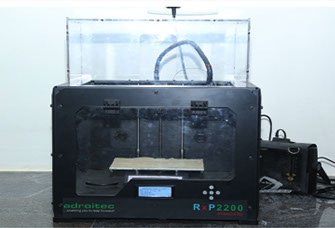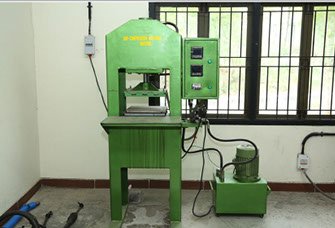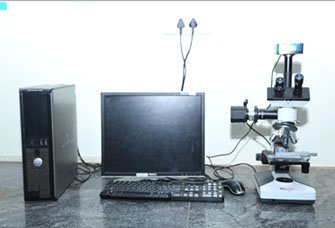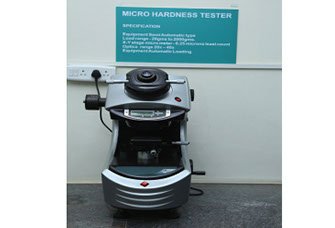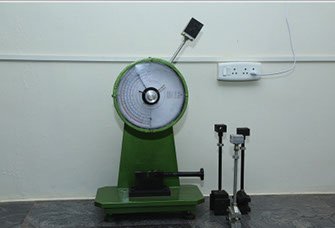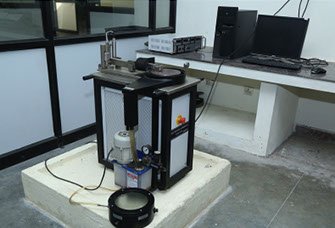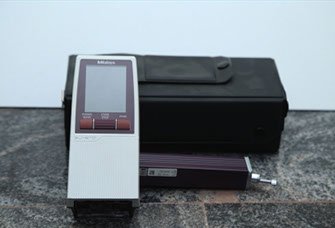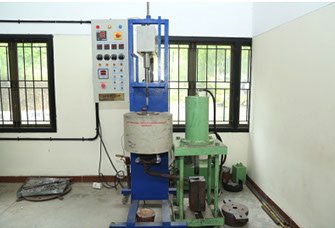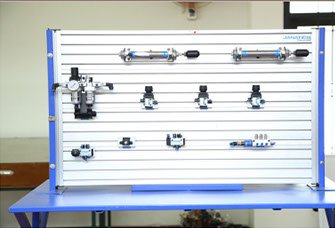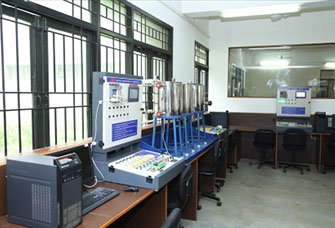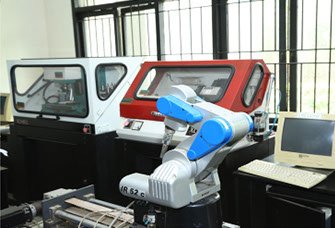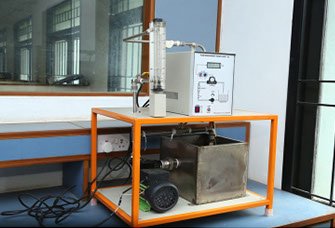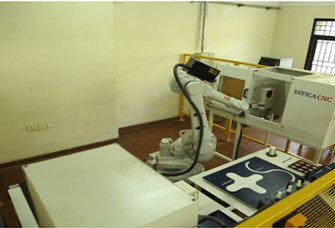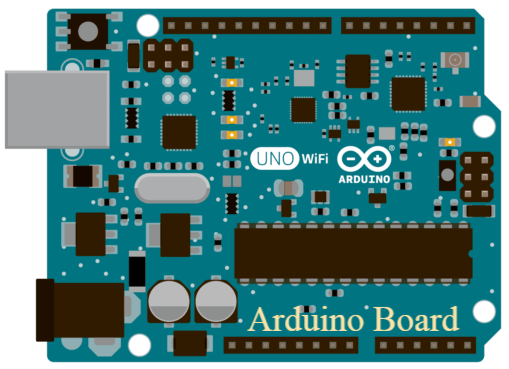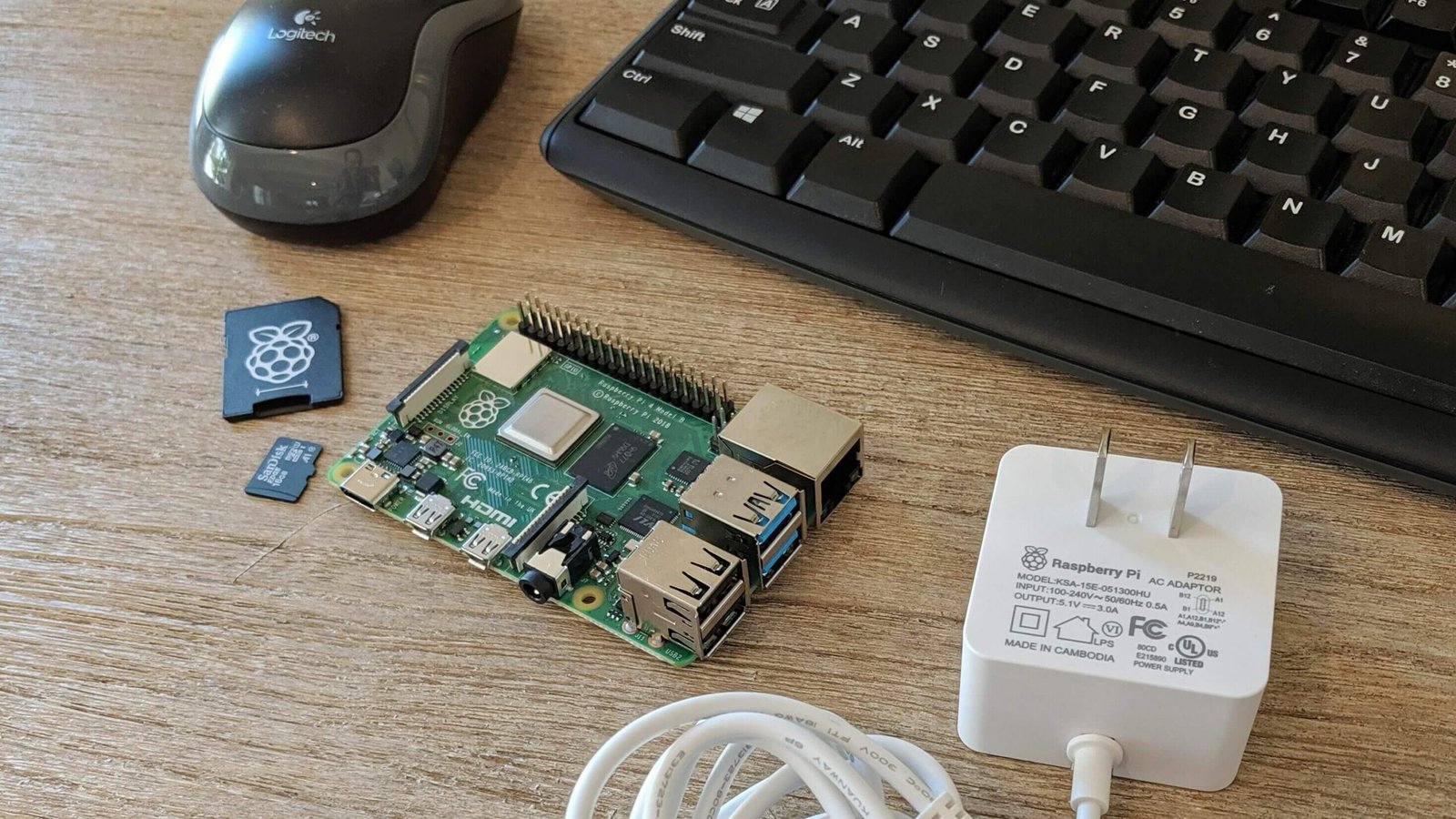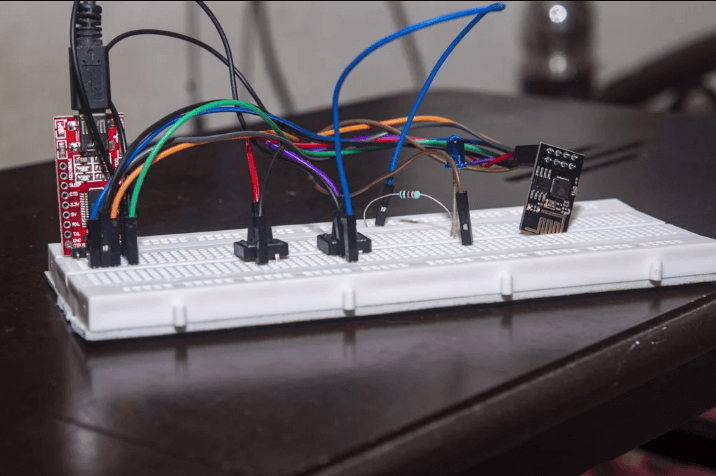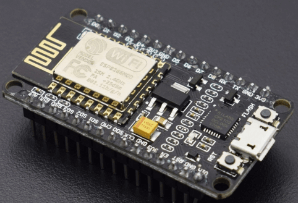Department of ECE
Centre of Excellence:
The Center of Excellence of CADENCE is established in the year 2015 with 10 number of users. This simulation software is used in VLSI On-Chip design and its applications.
- To enhance the skills of students in developing IC design based on analog, digital and mixed circuit level the cadence tool is preferred.
- To enrich the understanding of Layout, Routing and placement of logic blocks inside the IC and external peripheral interfacing.
- To analyze the power optimizations and various algorithms based on low power optimized applications in the circuit level as well as architecture level.
VLSI technology is a fast growing field to stay on top of Moore’s Law and meet the design challenges. We are creating FPGA/CPLD chips based on IC technology which is more relevant to power reduction & area optimization.
Designing a full custom Integrated circuit Architecture is most important in IC Manufacturing industries. To support the full custom IC layout suite with the industry platform & standard norms Cadence Virtuoso Tool is preferred and also Virtuoso Layout Suite supports various designs based on customized analog, customized digital and mixed-signal designs at the device level, cell, block and chip levels.
The enhanced Virtuoso Layout Suite offers accelerated performance and productivity from advanced full custom polygon editing (L) through more flexible schematic-driven and constraint-driven assisted full custom layout (XL), to full custom layout automation (GXL). Seamlessly integrated with the Virtuoso Schematic Editor and the Virtuoso Analog Design Environment, the Virtuoso Layout Suite enables the creation of differentiated custom silicon that is both fast and silicon accurate. The Virtuoso platform is the industry’s most silicon-proven, comprehensive, custom IC design platform, trusted in taping out thousands of designs each year for more than 25 years. However, with electronic circuits being an integral component of so many products, design and verification also extends to packages, boards, and the whole system.
- Supports custom analog, digital, and mixed-signal designs at the device, cell, block, and chip levels.
- Accelerated performance and productivity from advanced full custom polygon editing through more flexible schematic and constraint-driven assisted full custom layout, to full custom layout automation.
- Enables creation of differentiated custom silicon that is both fast and silicon accurate.
With the help of cadence tool, our students can carry out various research works and various design strategies based on VLSI technology.
The Center of Excellence of ANSYS HFSS was established at the campus on 2015. It is licensed software with 50 number of users. This simulation software is helpful in antenna design.
ANSYS High Frequency Structure Simulator (HFSS) is an electromagnetic (EM) simulator to design and simulate components like antennas, antenna arrays, RF or microwave components, high-speed inter-connects, filters, connectors, IC packages and printed circuit boards.
This simulator is used in the design of high-frequency and high-speed Electronics Communications Systems, RADAR systems, Advanced Driver Assistance Systems (ADAS), Satellites, Internet-of-Things (IoT) products and other high-speed RF and digital devices. ANSYS HFSS is the premier EM tool for R&D and virtual design prototyping.
The ANSYS HFSS simulation suite consists of a comprehensive set of solvers to address diverse electromagnetic problems ranging in detail and scale from passive IC components to extremely large-scale EM analyses such as automotive radar scenes for ADAS systems. It reduces design cycle time and boosts the product’s reliability and performance.
Embedded System Research Lab is engaged in research on methodologies, design, verification, and implementation of embedded systems. Our current focus is on the areas of rapid prototyping, product development, data acquisition and control. Biomedical and autonomous aerial vehicle systems are currently our main application domains.
Embedded System Research Lab provides us the strength in software and hardware design and development, which makes us one stop partner for product development and R&D and are capable of handling the entire development cycle from concept to final product realization.
Embedded System Research Lab is to Excel the students, faculty members and researchers knowledge in Electronics and Communication core domain, adequate to analyse and process the Real time Projects and requirements. We facilitate to improve students, faculty members and researchers understand Hardware, Software and Embedded technical knowledge, problem solving qualities and capability in debugging and solving technical issues.
The disciplines related to Artificial Intelligence are constantly evolving. They are so vast and varied that something new is emerging every day somewhere in the world.
In the age of digitization, in addition to transactional data, we are accumulating increasing amounts of diverse and varied data, commonly designated as Big Data. Also, we are struggling to manage and exploit this data to make predictions, optimize their activities.
Machine Learning and Deep Learning are the viable approach to build AI systems that can operate in complicated, real-world environments. Therefore this Signal Processing and Soft Computing Lab will enable the Student, Faculty members and Researchers to .
Department of EEE
The Department has been a pioneer in the field of ECE, with core Research and Development in Power Apparatus and Systems for many decades. The department’s vision is to excel in various research areas of Electrical Engineering so that it can contribute to the progress of the nation.
The research at the department aims to take up projects meeting to the needs of the society. The department’s research efforts are improved by collaborations with leading research universities and industries around the world. Some of the research facilities are listed below
This research component is to analyze the performance of a three phase induction motor through FPGA controller. Here speed control of induction motor is done through the V/F control method. When the frequency applied to an induction motor is varied, the applied voltage is also varied to maintain V/F ratio constant. In this experiment, three phase PWM inverter is utilized to supply power to the Induction motor. The FPGA on chip board is programmed to generate a 6 quadrant PWM signal for various frequency levels and it is interfaced to 3 phase PWM inverter.
Conventional induction motor consists of only one set of winding in its stator but double winding induction motor consists of two sets of windings in the same stator. In a double winding induction motor, when one of the windings is connected to a three phase supply, a revolving magnetic field of constant magnitude is developed in the air gap. This is utilized by both the stator windings to work as induction motor to meet mechanical load while, a three phase EMF is induced in the second set of winding to which electrical load can be connected to work as an Induction alternator. The main advantage of DWIM is energy conservation, efficiency and power factor improvement at reduced mechanical load of DWIM.
A multi-quadrant operation is required in industrial as well as commercial applications. These applications require both driving and braking, i.e., motoring and generating capability. Some of these applications include electric traction systems, cranes and lifts, cable laying winders, and engine test loading systems. A DC motor may operate in one or more modes (or quadrant) in variable speed applications. The major advantage of using DC motor is that the ease of its control.
In the first quadrant the load torque acts in the opposite direction to that of rotation. Hence to drive the loaded hoist up, the motor developed torque must be in the direction of the rotation or must be positive. The power will also be positive so, this quadrant is known as ‘forward motoring quadrant’. The hoisting up of the unloaded cage is represented in the second quadrant. As the counterweight is heavier than the empty cage, the speed at which hoist moves upwards may reach a very high value. To avoid this, the motor torque must act in the opposite direction of rotation or motor torque must be negative. The power will be negative though the speed is positive, so this quadrant is known as ‘forward braking quadrant’. The third quadrant represents the downward motion of the empty cage. Downward journey will be opposed by torque due to counterweight and friction at the transmitting parts, move cage downwards the motor torque should must be in the direction of the rotation. Electric machine acts as a motor but in the reverse direction compared to first quadrant. The torque is negative as speed is increased I the negative direction, but the power is positive, this quadrant is known as ‘Reverse motoring quadrant’. Fourth quadrant has the downward motion of the loaded cage. As loaded cage has more weight than the balanced weight to limit the speed of the motion, motor torque must have opposite polarity with respect to rotation and acts as a brake. The motor torque sign is positive, but as speed has negative direction; the power will be negative, this quadrant is designated as ‘Reverse braking quadrant’


